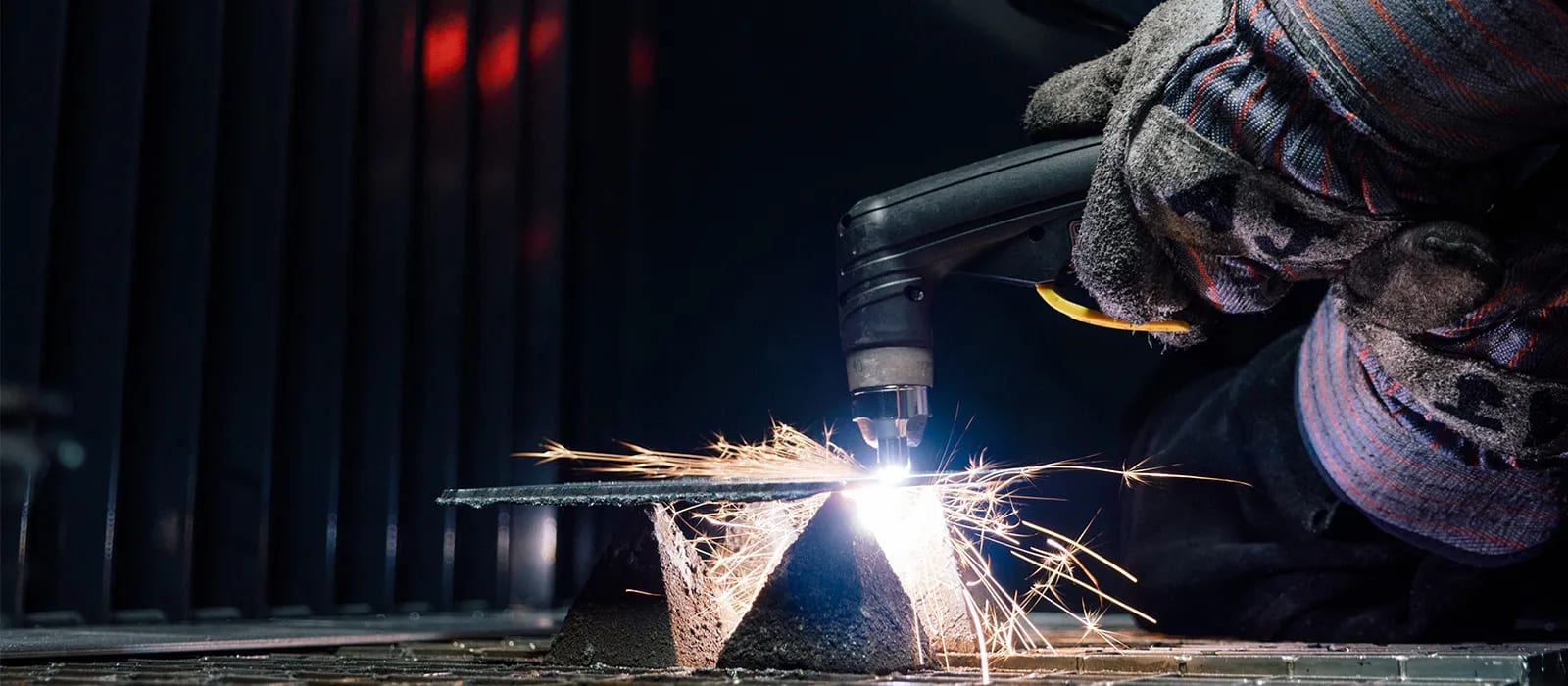Step-by-Step Overview to Preventing Weld Undercut in Different Metals
Step-by-Step Overview to Preventing Weld Undercut in Different Metals
Blog Article
Comprehending the Causes and Solutions for Undercut Welding in Metal Fabrication Procedures
In the realm of metal construction processes, the occurrence of undercut welding presents a significant obstacle that demands an extensive understanding of its causes and practical options. The detailed interplay of numerous variables during welding procedures can lead to this undesirable sensation, influencing the architectural honesty and total quality of the bonded joints - Preventing weld undercut. By dissecting the origin creates of undercut welding and exploring efficient restorative measures, fabricators can raise the requirement of their craftsmanship and guarantee the production of remarkable metal components
Common Causes of Undercut Welding
Often forgotten in metal fabrication, undercut welding happens due to different variables that demand precise interest and knowledge to be properly minimized. Additionally, improper welding methods, such as utilizing the incorrect welding angle or take a trip rate, can additionally add to damage development. The selection of welding parameters, such as voltage, current, and wire feed speed, plays a significant role in the occurrence of undercut welding.
Effect of Incorrect Welding Parameters
Imprecise welding criteria can dramatically endanger the honesty and top quality of bonded joints in steel manufacture procedures. The effect of inaccurate welding specifications materializes in different ways, leading to structural weak points and issues in the bonded elements. One vital element influenced by inappropriate welding criteria is the penetration depth of the weld. Insufficient warmth input as a result of reduced welding currents or excessively high travel rates can cause poor combination between the base steels, causing incomplete joint infiltration and weakened bonds. Conversely, too much heat input caused by high welding currents or sluggish travel rates can cause excessive and burn-through support, producing a brittle and unpredictable weld structure. Furthermore, incorrect criteria such as incorrect voltage setups or inaccurate electrode angles can contribute to unpredictable weld bead accounts, lack of blend, and enhanced chances of issues like undercutting. Therefore, careful attention to welding criteria is paramount to make certain the production of high-quality welds with the preferred mechanical properties and architectural integrity.
Result of Improper Lantern Angle
Inappropriate lantern angle in welding procedures can substantially affect the top quality and honesty of the final weld joints in metal fabrication procedures. Damaging is a typical welding problem where a groove forms along the weld toe, weakening the joint and endangering its architectural stability.
A lantern angle that is as well steep can result in insufficient infiltration, insufficient combination, and enhanced spatter. On the other hand, a torch angle that is too superficial can cause extreme penetration, burn-through, and distortion of the base material. Preventing weld undercut. Correct torch angle is vital for guaranteeing consistent weld top quality, stamina, and appearance
To avoid undercutting and various other defects caused by incorrect lantern angles, welders must be educated to preserve the right torch angle throughout the welding procedure. Routine monitoring and change of torch angles throughout welding can aid accomplish audio welds with very little defects.
Duty of Inadequate Welding Methods

One more element of insufficient welding methods is incorrect weld preparation. Inadequate cleaning look these up of the base metals, incorrect joint design, or not enough side prep work can all add to damage welding. In addition, poor protecting gas protection or utilizing the wrong kind of gas can cause insufficient combination and the formation of undercut defects.
To deal with the role of poor welding strategies in metal fabrication procedures, it is important to give detailed training for welders. Appropriate education on welding criteria, joint preparation, and shielding gas option can assist avoid undercut welding and ensure high-quality welds in steel construction projects.
Reliable Solutions for Undercut Welding
Attending to undercut welding in metal manufacture needs implementing reliable services to enhance weld top quality and structural integrity. Among the main services to combat undercut is to change welding parameters such as voltage, existing, and travel rate to guarantee correct warm input and fusion. By fine-tuning these setups, welders can avoid too much melting of the base metal and filler product, decreasing the probability of undercut formation.
In addition, proper joint prep work is crucial in protecting against undercut. Guaranteeing tidy base steel surfaces devoid of pollutants and using the proper bevel angle can help promote far better weld penetration and minimize the threat of undercut - Preventing weld undercut. Employing appropriate welding strategies, such as oscillating the torch or weaving, can likewise assist in distributing warm equally and filling the weld joint appropriately, minimizing the possibility of undercut flaws
Furthermore, selecting the right welding consumables, consisting of electrodes and filler metals, is vital in alleviating undercut. Making use of materials with suitable chemical make-ups and mechanical residential properties can add to achieving sound welds with marginal undercut. Regular evaluation and quality assurance procedures need to additionally be implemented to spot and deal with undercut problems immediately, making sure the general stability of produced metal elements.

Final Thought
In final thought, comprehending the causes and services for see this undercut welding in metal construction processes is essential for achieving top quality welds. By resolving typical causes such as incorrect welding parameters, inappropriate lantern helpful site angle, and insufficient welding techniques, welders can prevent damaging and make certain strong, resilient welds. It is necessary to take notice of these factors and apply reliable options to improve the total welding procedure and end product high quality.

Report this page